Myiasis
Myiasis—commonly referred to as screwworm infestation or “bichera”—caused by the Screwworm (GBG), is a parasitic disease that affects living warm-blooded animals, including pets and humans. The parasitic phase corresponds to the larval or maggot stage of the GBG fly, whose scientific name is Cochliomyia hominivorax, Latin for “man-eater.” The term “screwworm” derives from the larvae’s resemblance to a wood screw, with a flat head and a conical body encircled by spine-covered segments that resemble the threads of a screw.
These larvae infest the deepest layers of living tissue such as the skin and bodily cavities—ocular, oral, nasal, genital, among others. The infestation causes severe lesions, loss of function in the affected organ, and can even lead to death, especially in newborn animals. If the infected wounds are left untreated, they may result in reinfestation by this or other species of myiasis-causing flies. Visually distinguishing GBG larvae from those of other myiasis-producing flies is difficult.
The list of hosts or reservoirs is extensive, ranging from humans to virtually all warm-blooded animals that can be infested by this parasite. Depending on the ecological region, dozens or even hundreds of animals per square kilometer may be affected. Among the most impacted species are cattle, horses, sheep, goats, pigs, birds (chickens, turkeys, geese), South American camelids (alpacas, llamas, guanacos, vicuñas), cats, dogs, and others. A wide variety of wildlife species are also at risk, including zoo and circus animals as well as animals living in the wild.
From a public health perspective, affected individuals sometimes require hospitalization, which necessitates available hospital beds and time for professional medical care.
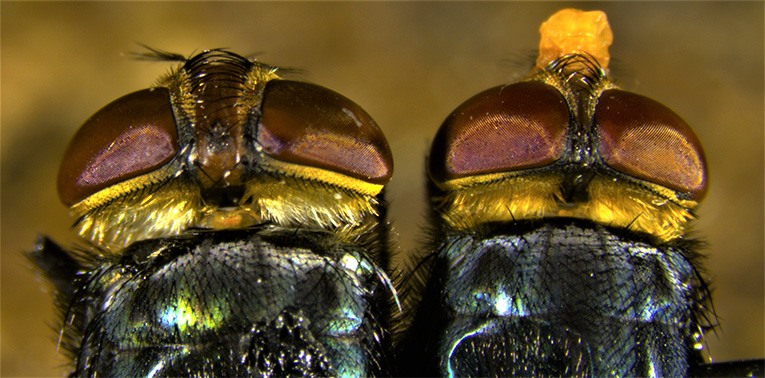
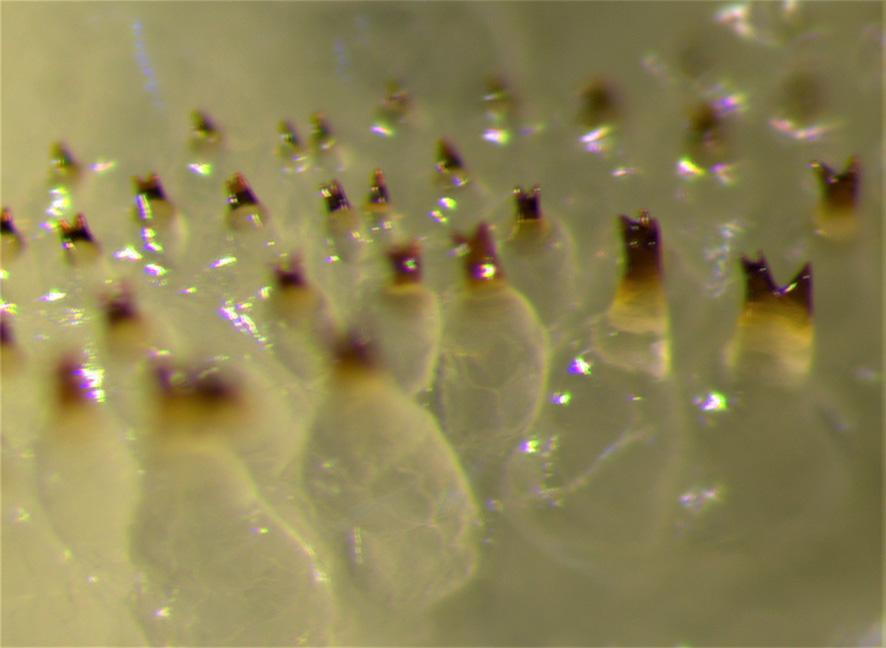
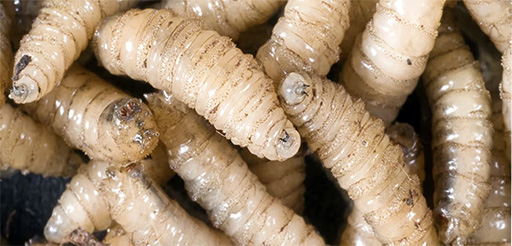

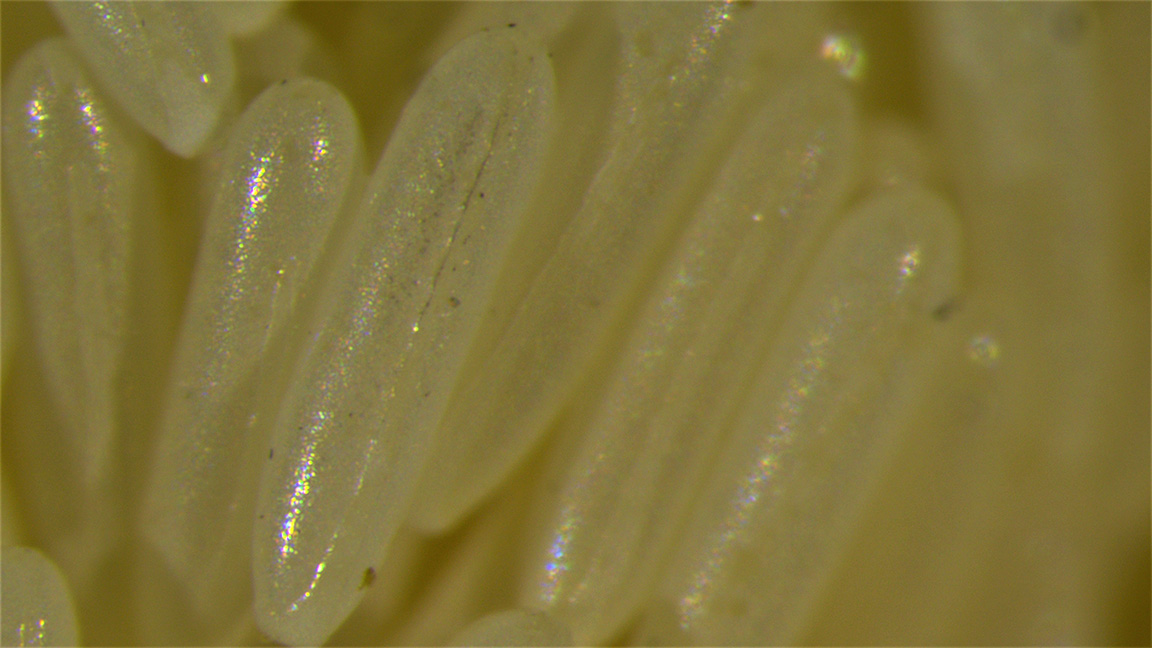
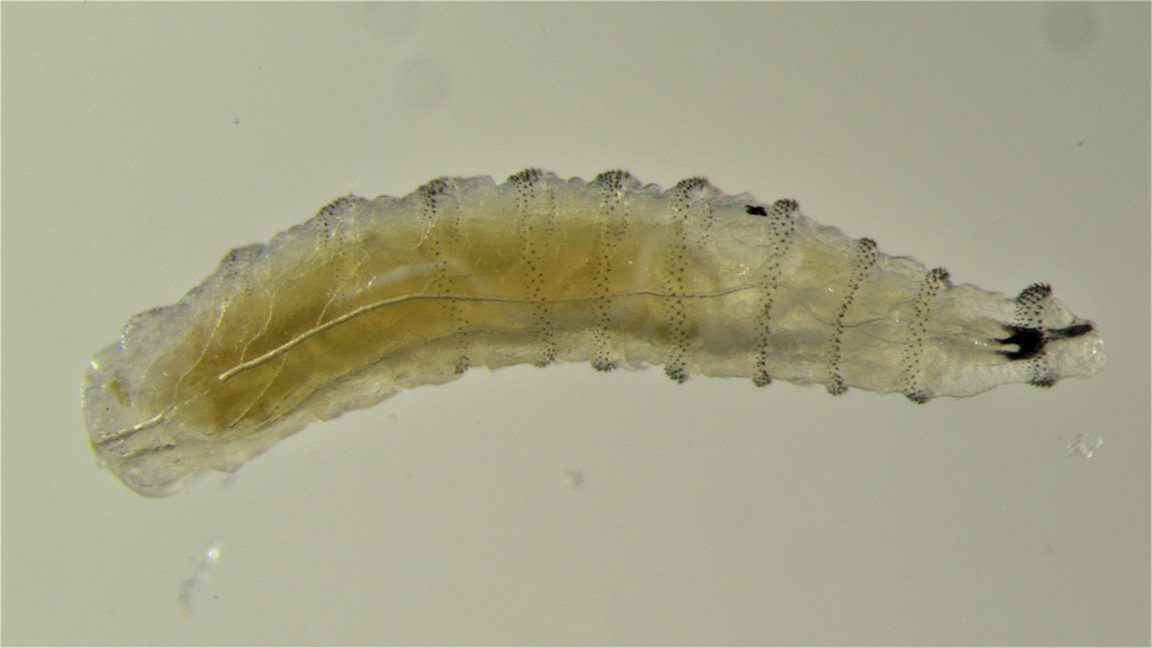
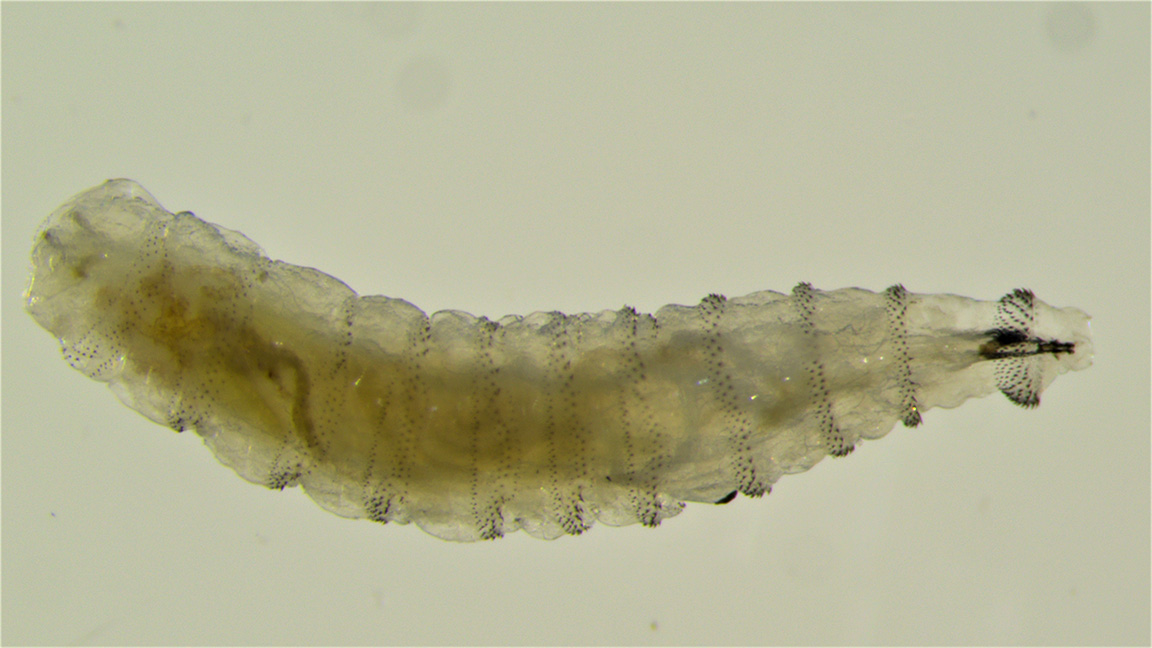
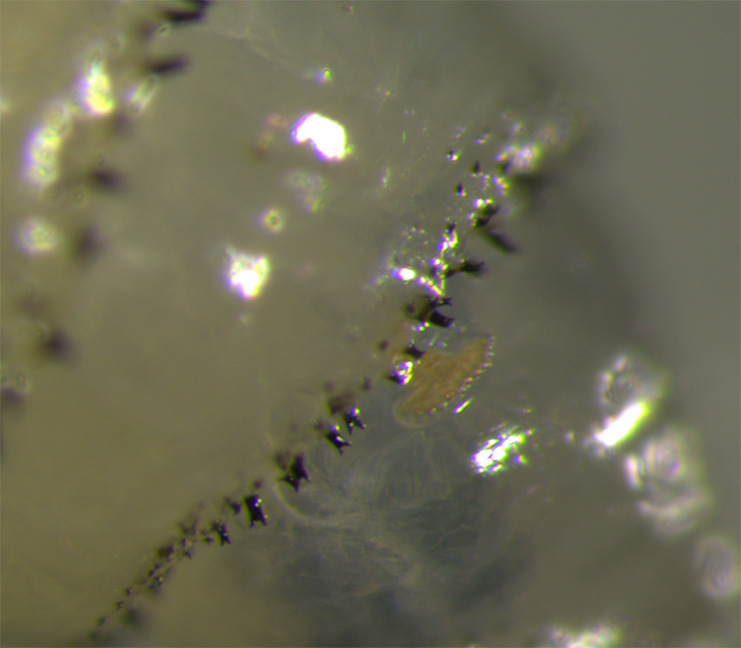
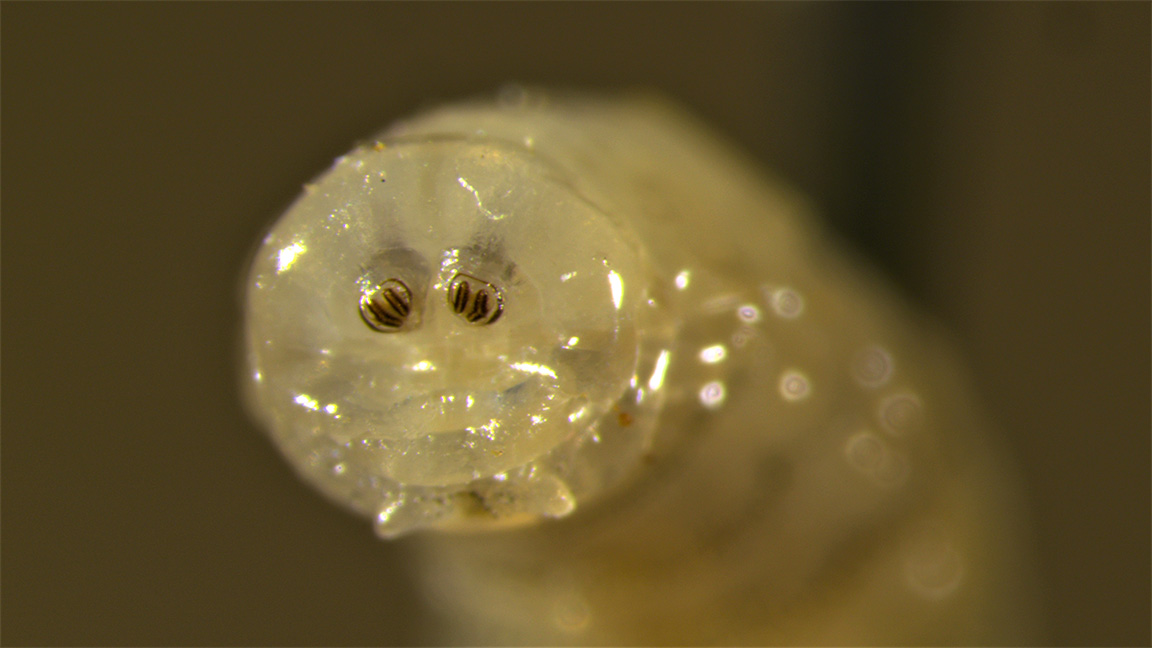
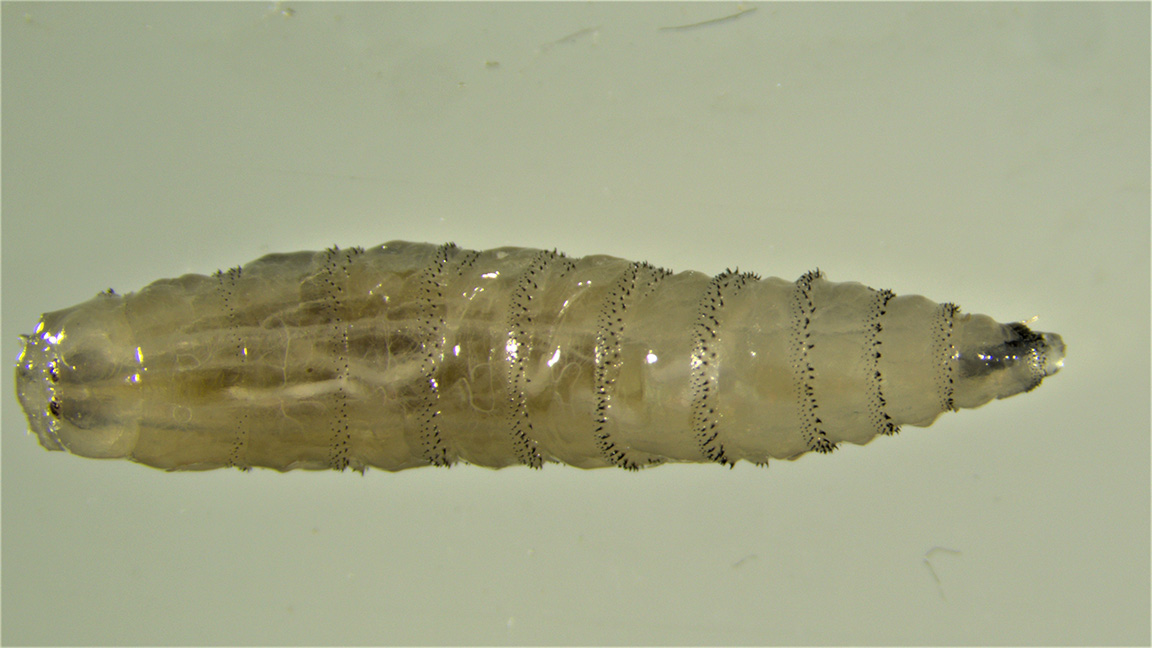
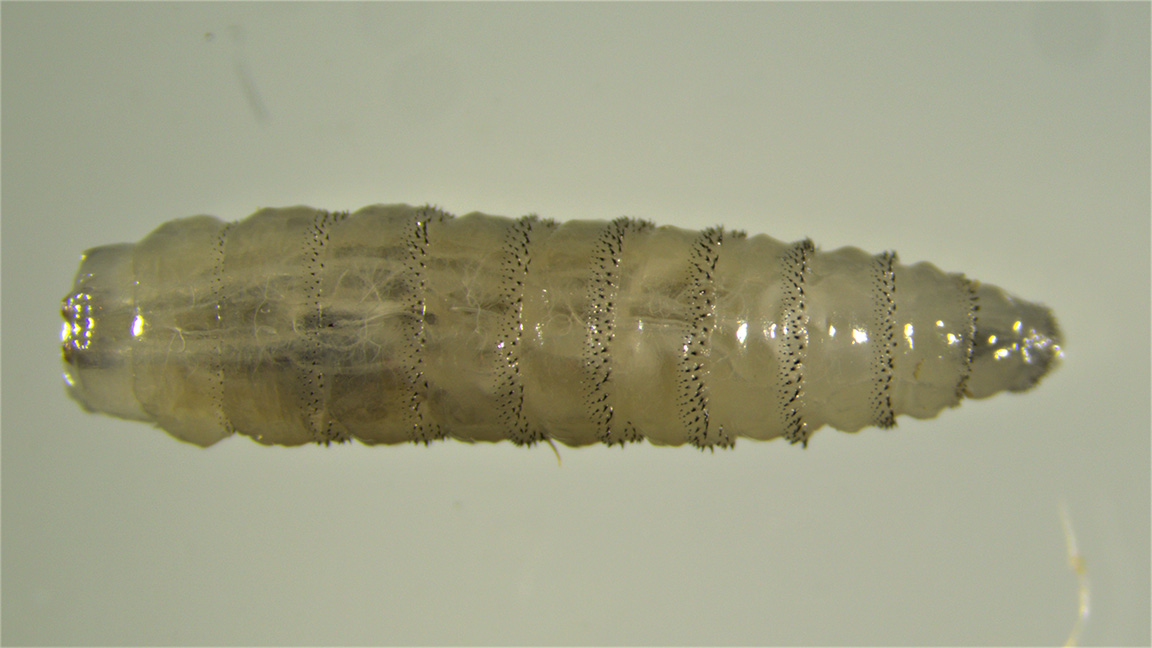

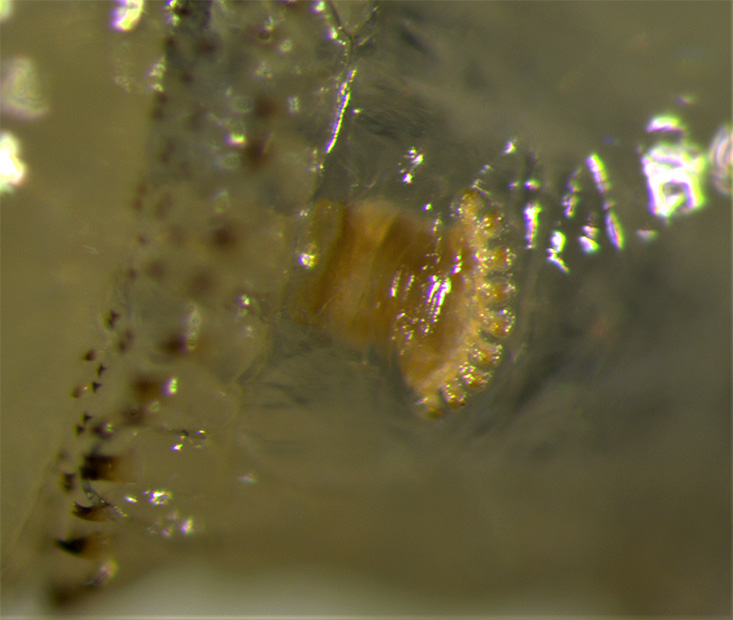
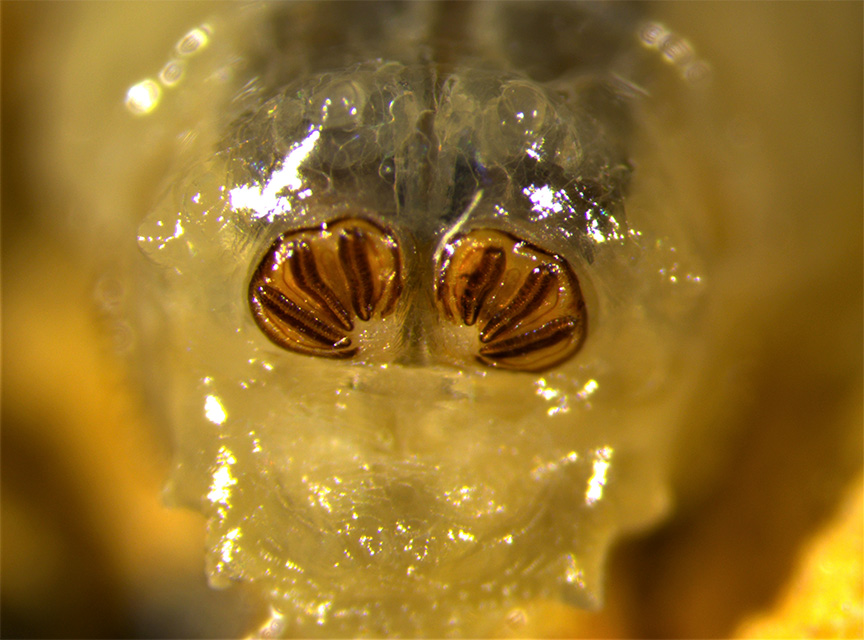
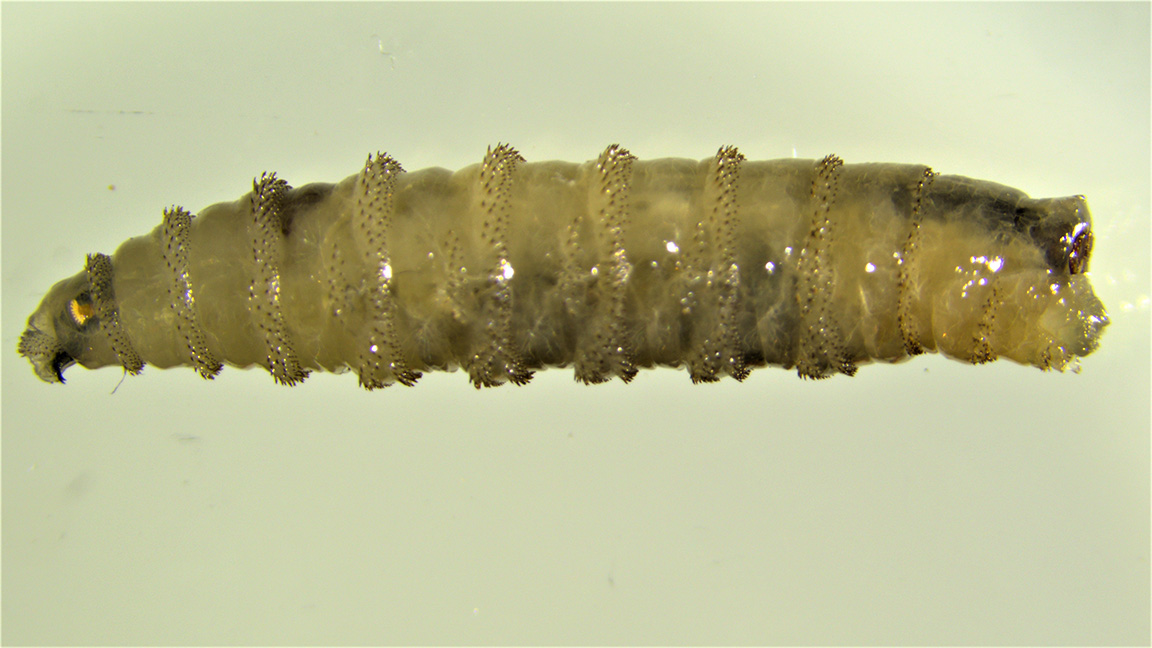
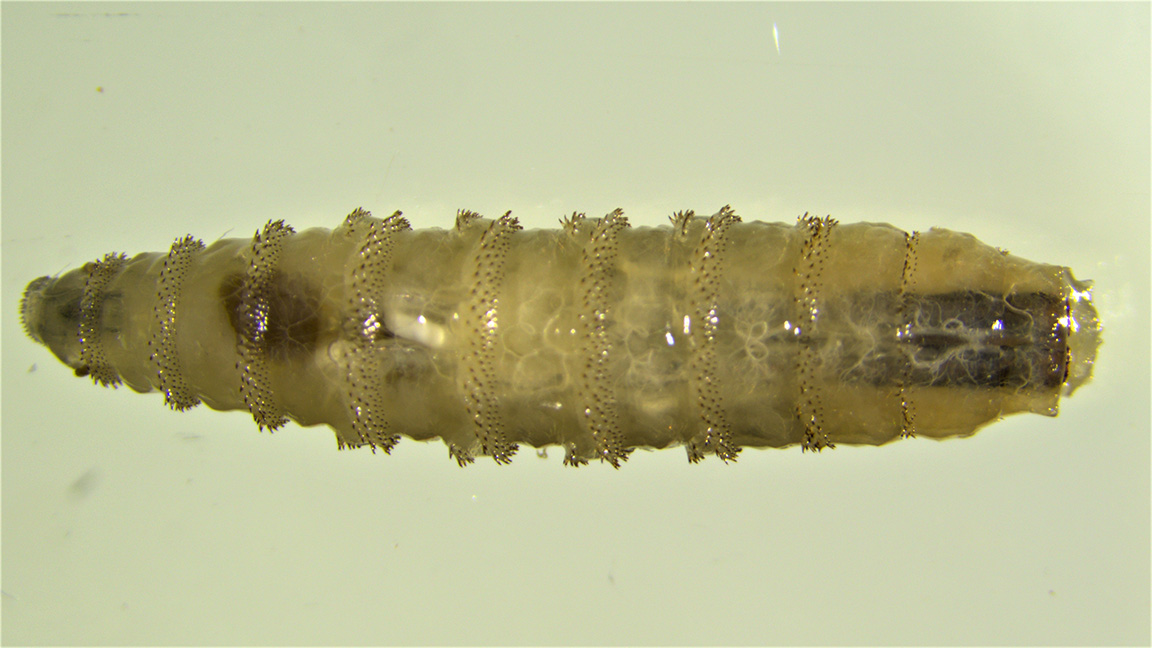
Among the main consequences, the following can be mentioned:
- Restrictions on international trade.
- Death within seven to ten days after infestation in untreated animals due to reinfestation, toxicity, or secondary infections.
- Deterioration of animal hides, used for leather production, resulting in damage and loss of usable areas.
- Condemnation of carcasses in slaughterhouses located in affected areas.
- In terms of animal health, it can cause fever, lethargy, loss of appetite (anorexia), pain in the affected area, anxiety, boils, ulcers, and infections such as umbilical infections in calves caused by bacteria like those responsible for bacterial polyarthritis.
- Reduced milk production.
- Decreased weight gain and/or final weight in meat-producing animals

Life
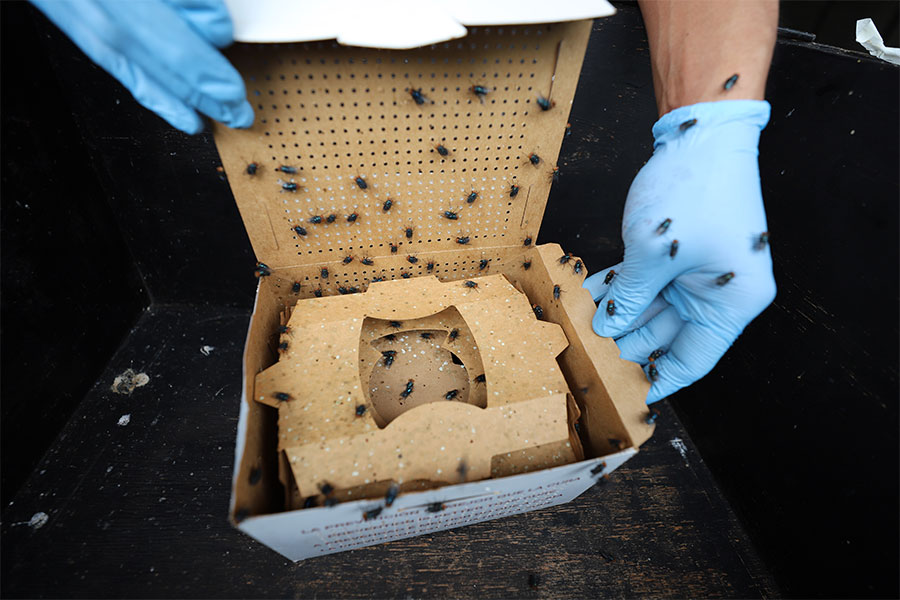
Adult Fly
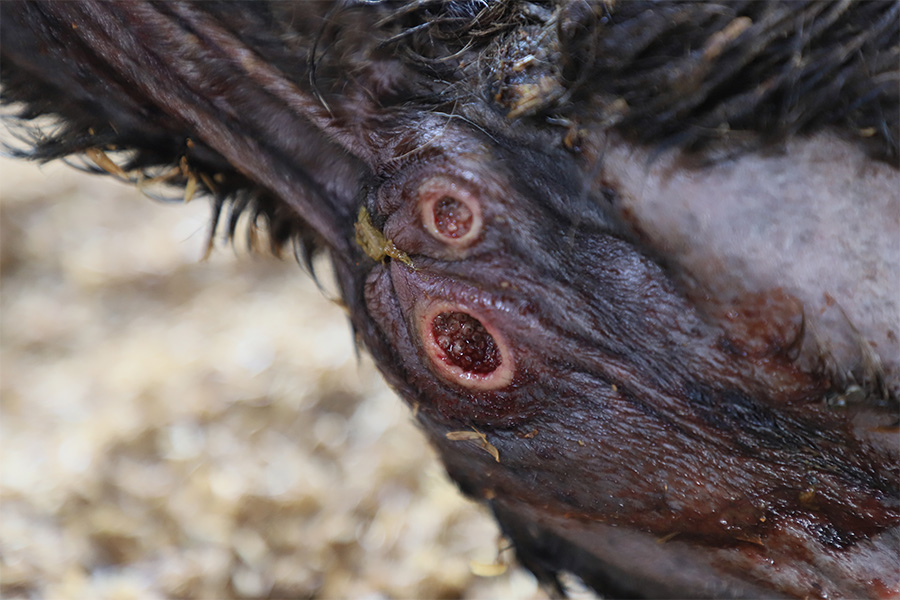
Host
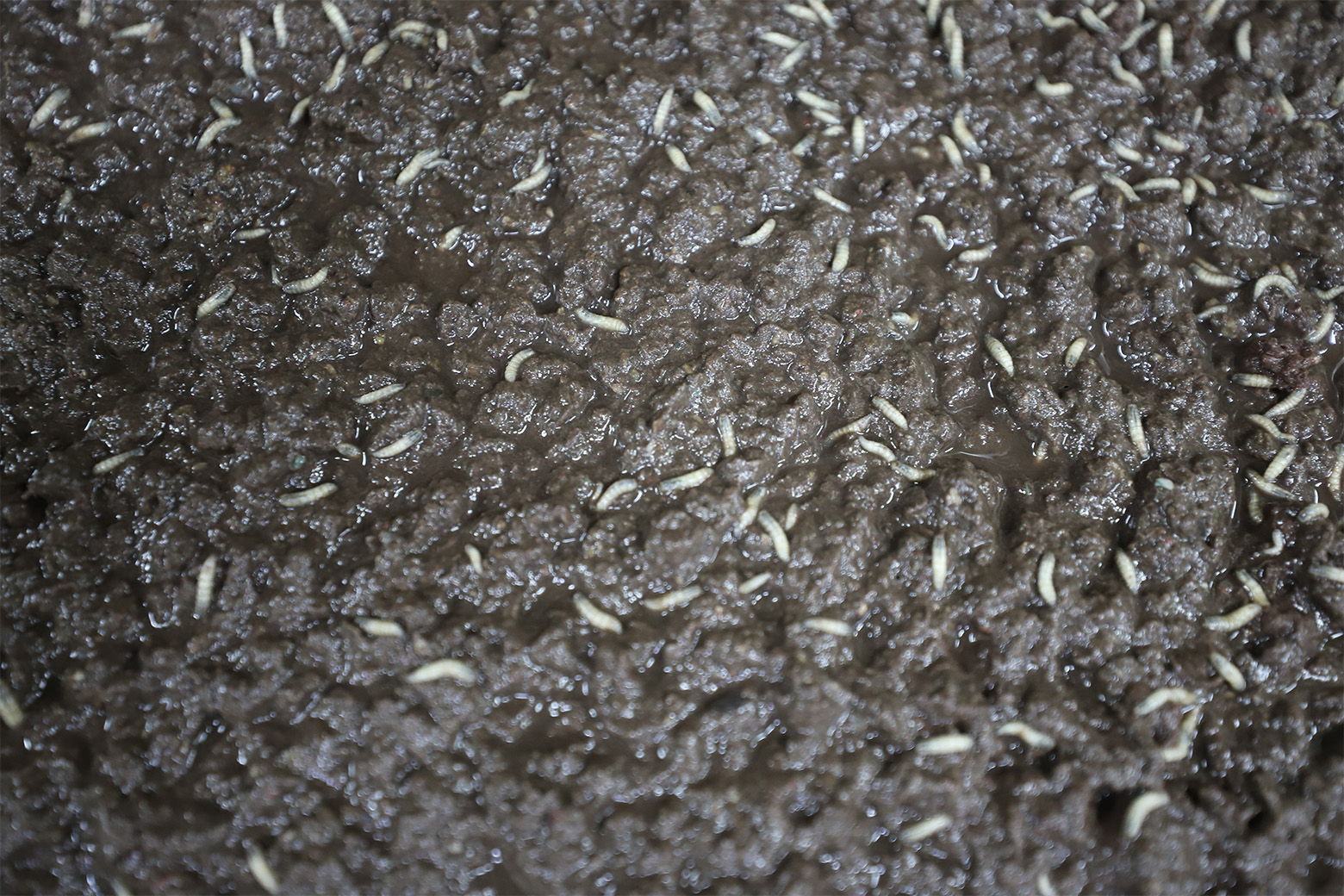
Eggs

The Larva
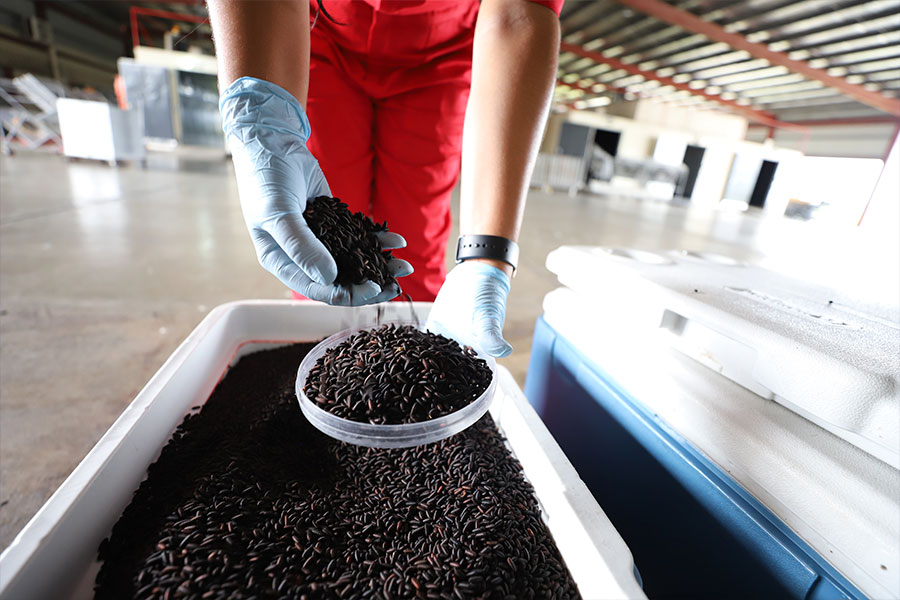
It Becomes a Pupa
Sterile
The Sterile Insect Technique (SIT) is an environmentally friendly method for controlling insect pests. It involves the mass rearing and sterilization—through radiation—of the insects responsible for a specific infestation. Once sterilized, the males are systematically released by air over designated areas, where they mate with wild females without producing offspring, thereby reducing the pest population. In the case of GBG (Screwworm), both males and females are released. SIT is a unique methodology used to eliminate the residual GBG population that remains in an area after the implementation of other control measures such as epidemiological surveillance, wound treatment, animal movement control, and quarantine. This technique can reduce the wild GBG population by 60% to 80% and is a fundamental part of the Screwworm Control and Eradication Program (SCIH).
This technique is considered an autocidal method for controlling parasitic insects. Unlike other approaches that aim to increase insect mortality rates, SIT seeks to reduce their reproduction rate. The process relies on the mass production of GBG flies in large-scale facilities. During the late pupal stage, the flies are sterilized sexually. Due to the species’ natural behavior—males being polygamous and females monogamous—sterile flies are released by air over areas infested or endemic with GBG at a ratio of 10 sterile flies for every wild one. As a result, eggs laid by wild females after mating with sterile males are infertile. This interrupts the parasite’s life cycle, causing a progressive decline in the wild fly population’s reproductive capacity until its extinction or eradication in the targeted region. SIT has been successfully used over the past 60 years in GBG eradication programs throughout the Americas and North Africa.

